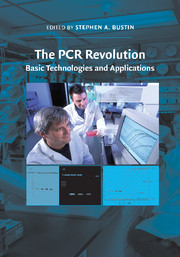Foreword by Russell Higuchi
Published online by Cambridge University Press: 25 January 2011
Summary
Advances in science and technology come at an ever increasing pace. What was state of the art can be obsolete in just a few years. The old saw “The work that earns a Nobel prize today will be a graduate thesis ten years from now” may underestimate the rate of change. The hard-earned accomplishments of scientists and technologists can be made to seem trivial well within the time frame of a career. Faced with this, what do scientists celebrate as their accomplishments?
In the Stephen Sondheim play Sunday in the Park with George, about the pioneering artist, George Seurat, the character Dot says that the only things worth “passing on” to posterity are “children and art.” I agree wholeheartedly with the children part but I wondered about how broadly art could be defined in this context. As evidenced by university colleges still organized around “Arts and Sciences” – a holdover I believe from classical uses of the terms – science and art did not used to be so far apart. I believe that beautiful, inventive thinking can be art, and good science is full of beautiful, inventive thinking – such as PCR.
When I first heard of PCR, I thought – art. When I later joined Cetus and heard from Kary Mullis his idea to use a thermostable enzyme – art. When Kary proposed the Hot Start (a bit arcane but to someone who was now an aficionado) – art.
- Type
- Chapter
- Information
- The PCR RevolutionBasic Technologies and Applications, pp. xi - xiiPublisher: Cambridge University PressPrint publication year: 2009



